- Antipasti
- Bella Italia
- Dessert
- Drinks
- Favorite Italian recipes
- Main courses
- Pasta
- Pizza
- Side dishes and salad
- Tips & Knowledge
Semola – everything about Italy’s durum wheat semolina
We are constantly receiving customer inquiries about Italian flour. What is the difference between farina and semola? Should I use soft wheat flour or durum wheat flour for my pasta? Why is durum wheat semolina so finely ground? In short, the whole thing is a classic case of "lost in translation". This article brings light into the darkness.
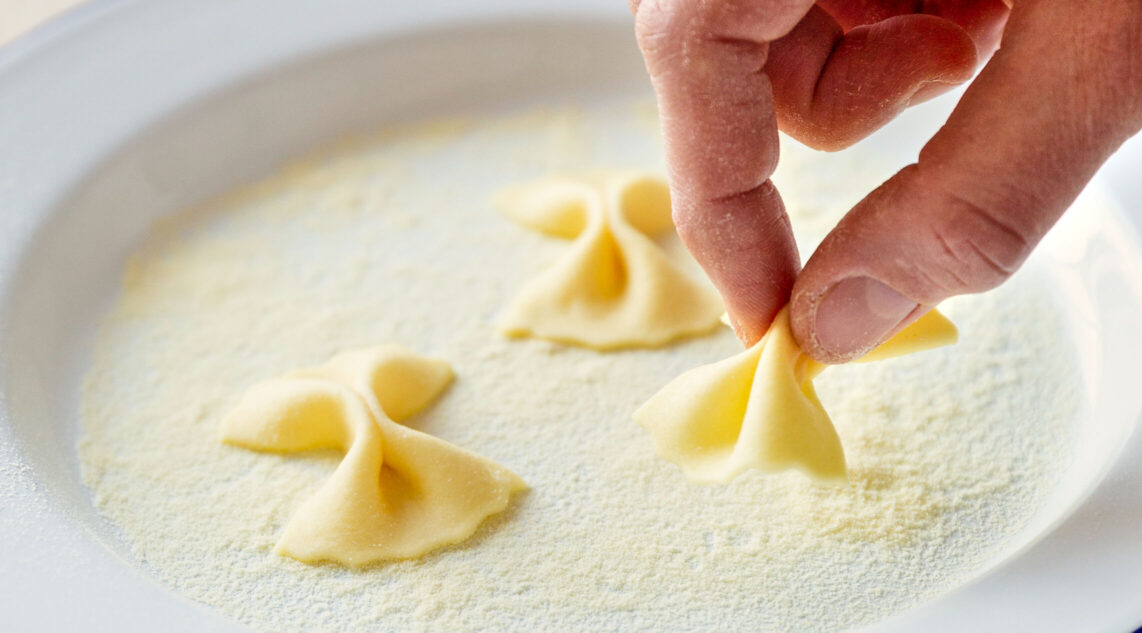
Semola – type of flour in Italy (made from durum wheat – grano duro)
The Italians call everything that is ground from durum wheat semolawhile they call flours made from soft wheat farina they call it farina.
The varieties range from very coarse to very fine:
- Semolato or semola grossa
- Semola
- Semola rimacinata (rarely also Farina di grano duro)
There is therefore no numbered type system for durum wheat flours in Italy. They are classified according to the size of the grain, not according to the mineral content of the flour as with soft wheat.
What is the difference between German semolina and Italian semola?

Italians refer to everything that is ground from durum wheat (grano duro) as semola. Confusion often arises because the word is translated into German as semolina.
We Germans refer to a certain degree of grinding as semolina. It doesn’t matter whether it is durum wheat, soft wheat or another grain. If the grain size of the ground material is between 0.3 and 1 millimeter, we call it semolina. Anything that is ground finer is called flour.
By the way: If you ever read anything about semolino… This is not flour, but a dish, a kind of semolina porridge.
Can semola di grano duro be replaced with durum wheat semolina?
Italian semola grossa can best be compared to German durum wheat semolina, as the grossa has a coarse grind.
If you want to replace the fine semola di grano duro rimacinata, it becomes more difficult. Theoretically, you can mix durum wheat semolina with soft wheat flour to obtain a finer dough. But until you have found a good mixing ratio… You are better off using the original.

The difference between durum wheat and soft wheat
A type of wheat grows in Italy that does not thrive in our climate. Durum wheat. If you want to fully understand the world of Italian flour, you need to know the difference between the wheat varieties.

Durum wheat – Grano duro
- Very high gluten content, i.e. gluten
- ensures boil-proof, bite-resistant structures
- beautiful yellow
- Ideal for pasta
- needs a warm, sunny climate
Soft wheat – Grano tenero
- lower gluten content, i.e. gluten
- cannot bind starch as well during cooking, less firm structures
- Ideal for bread and baked goods
- If pasta – then with egg as glue
- grows in cooler climates

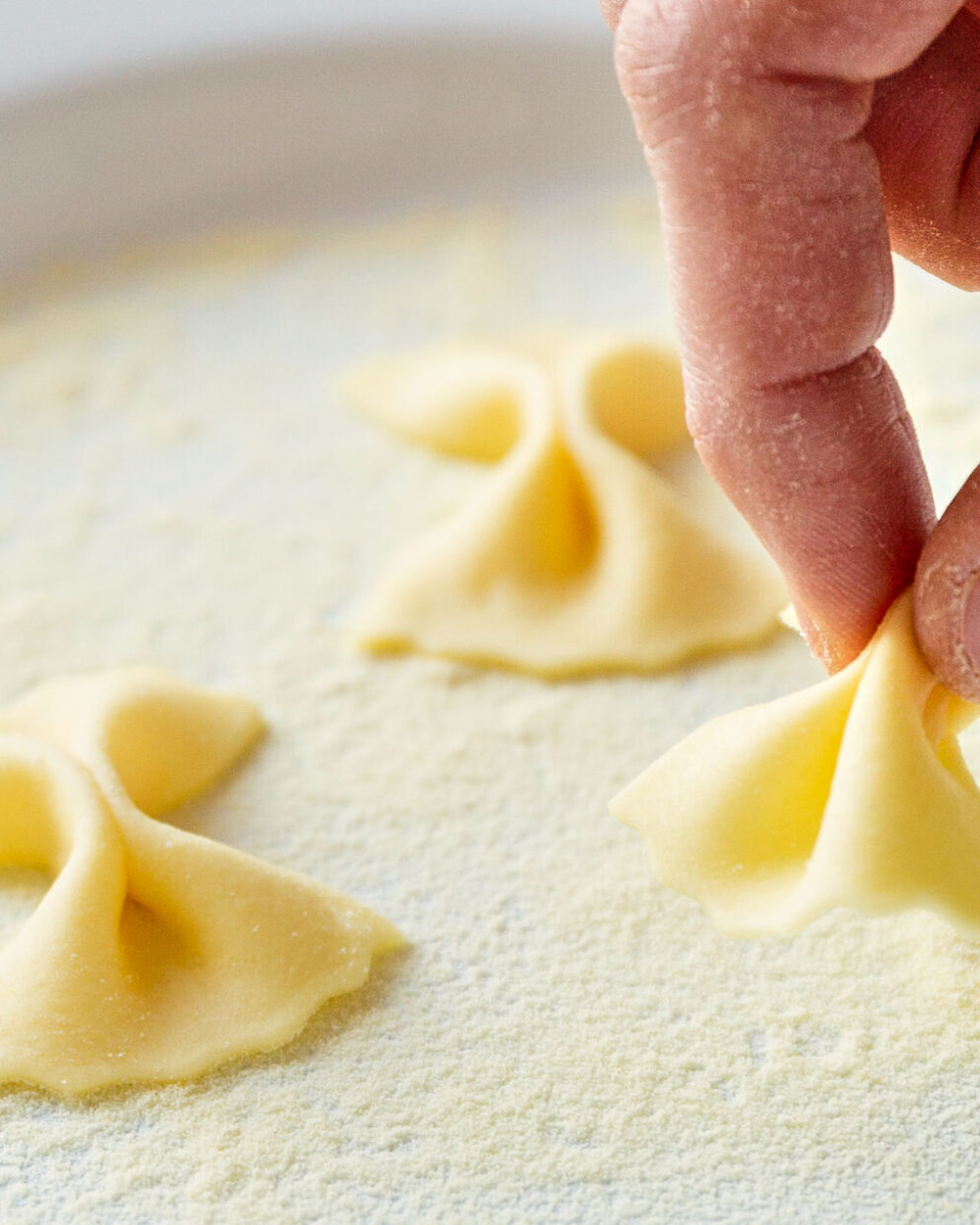



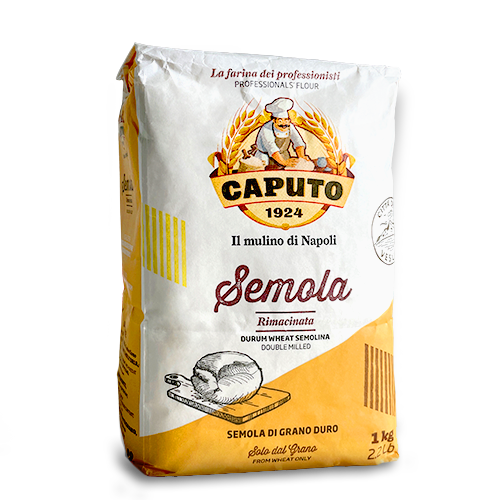
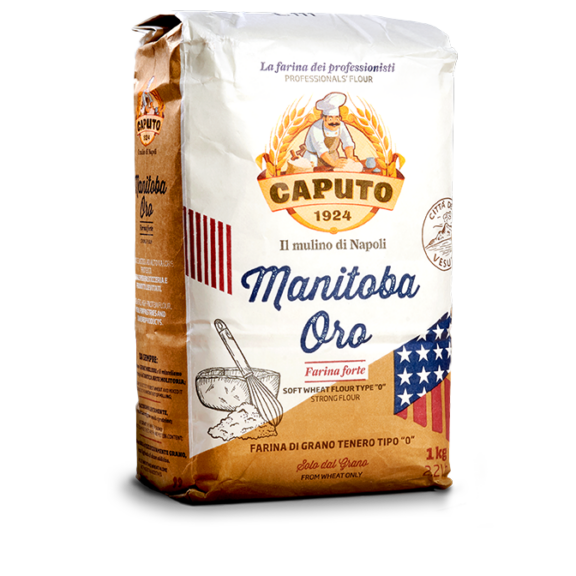
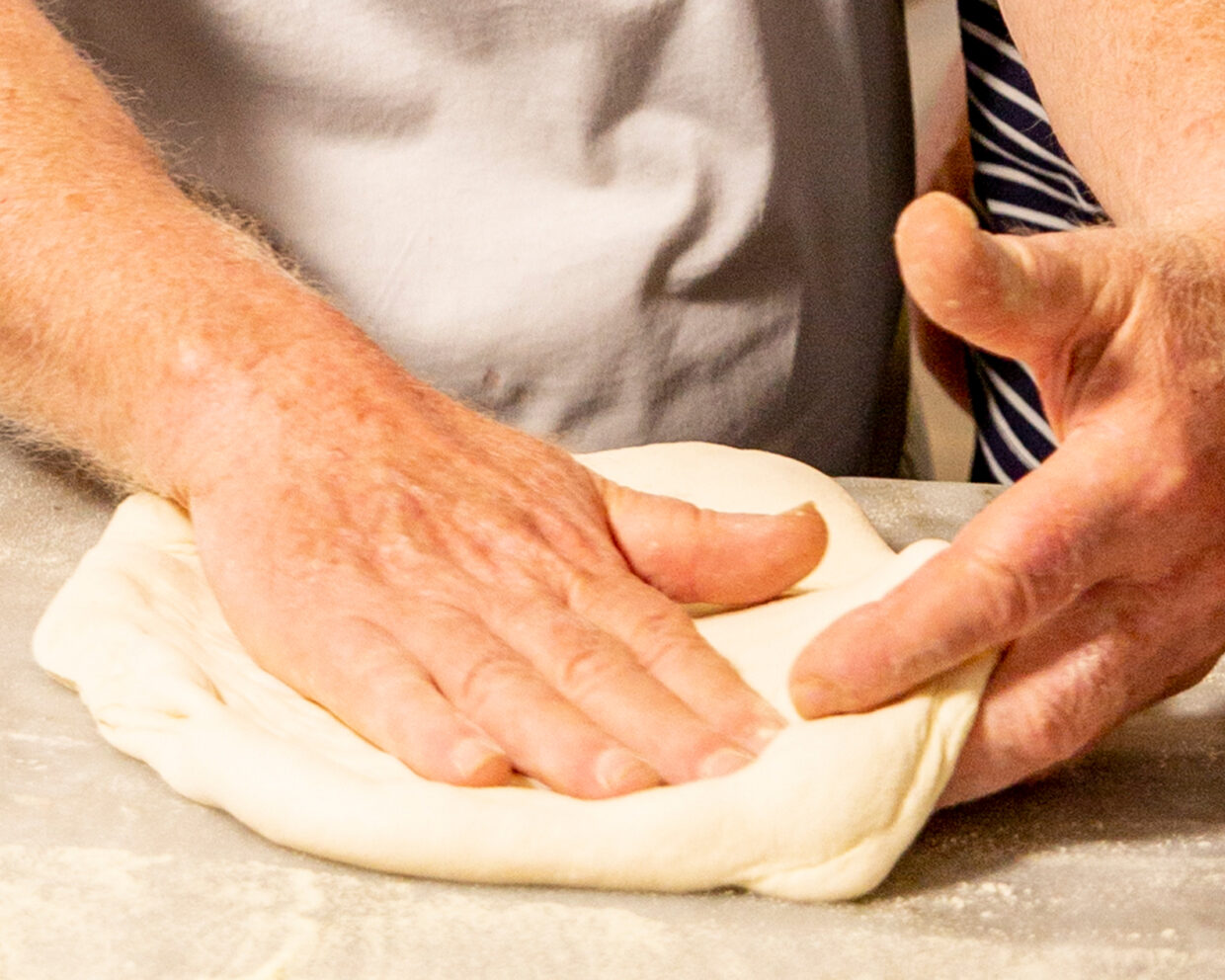
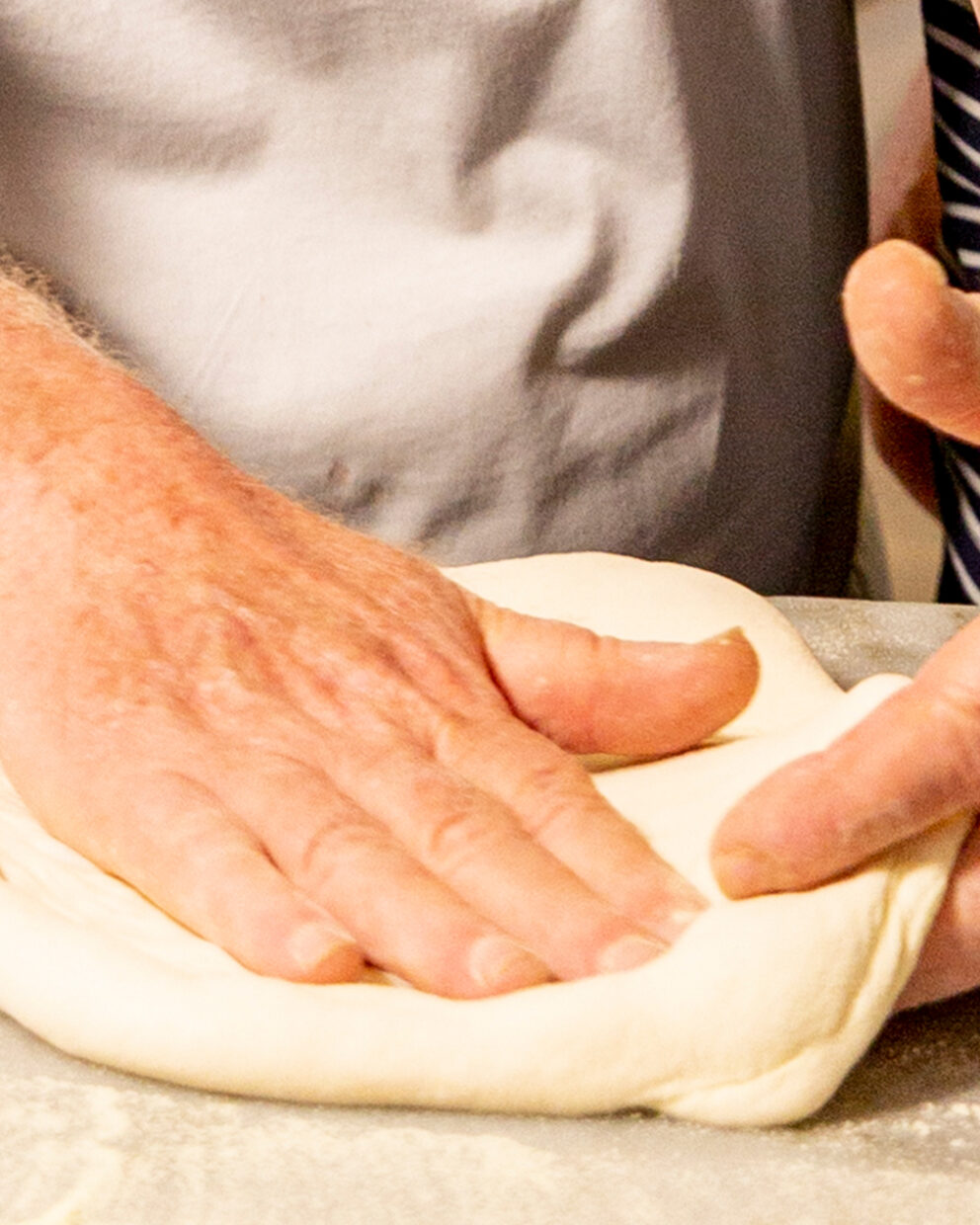
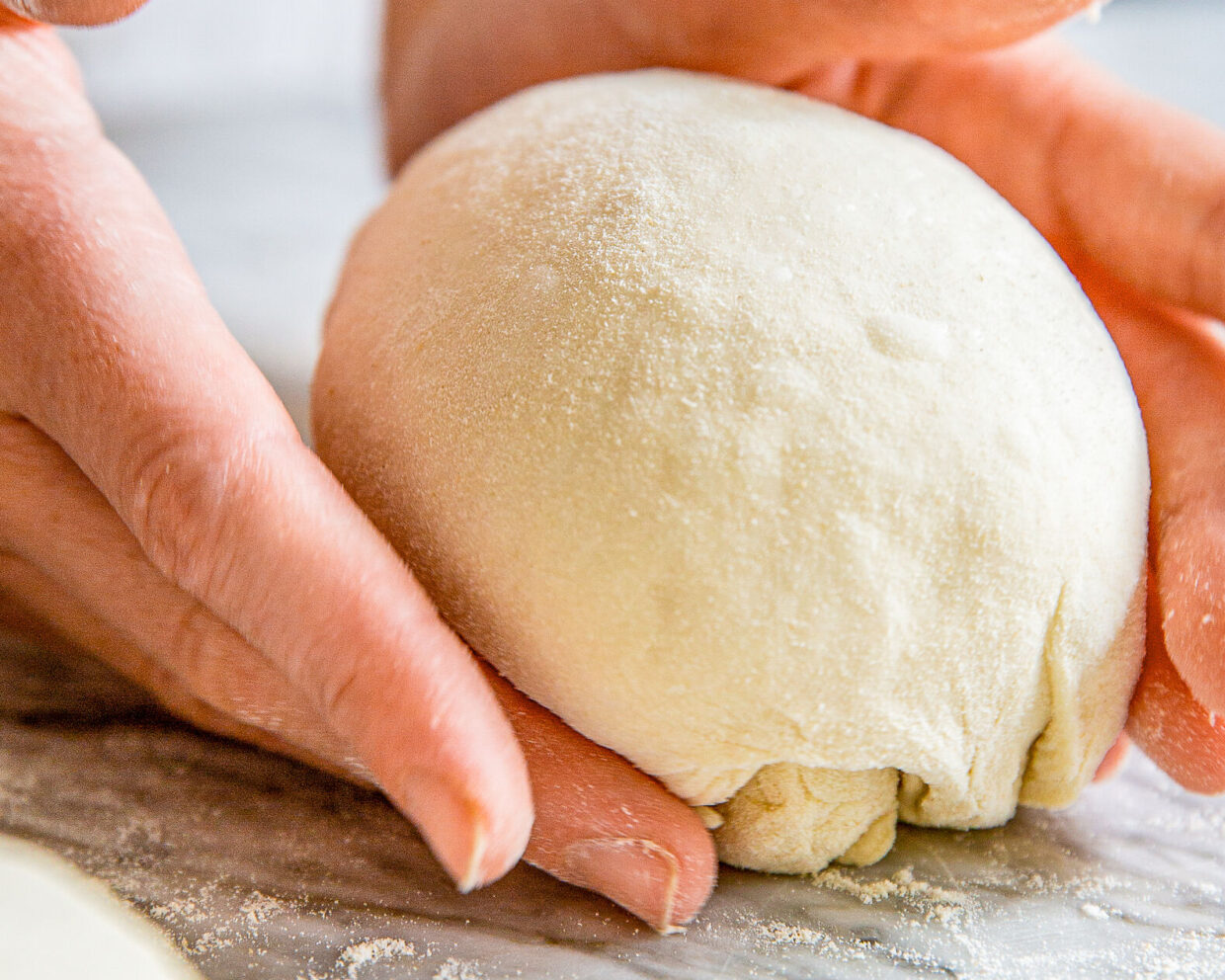
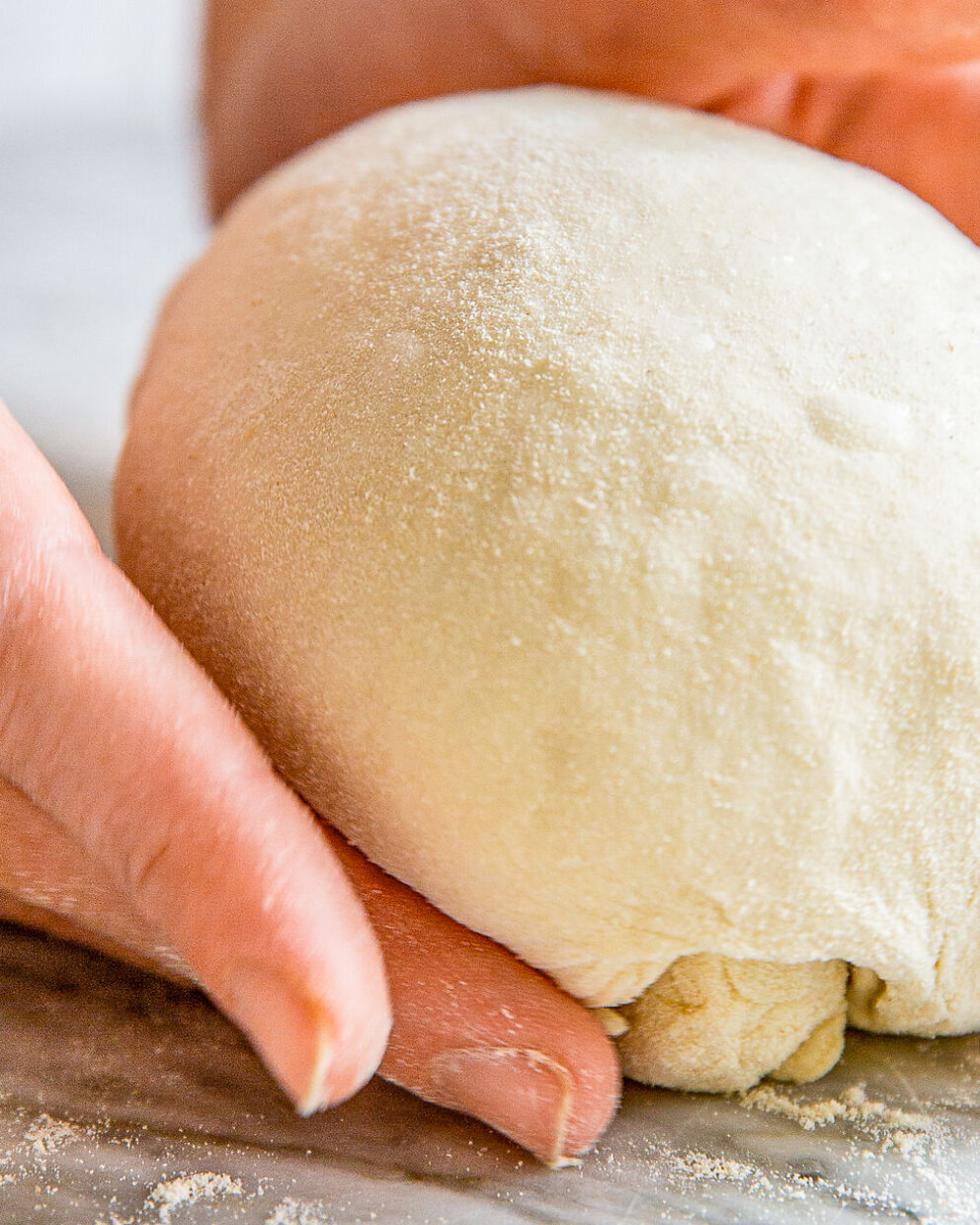

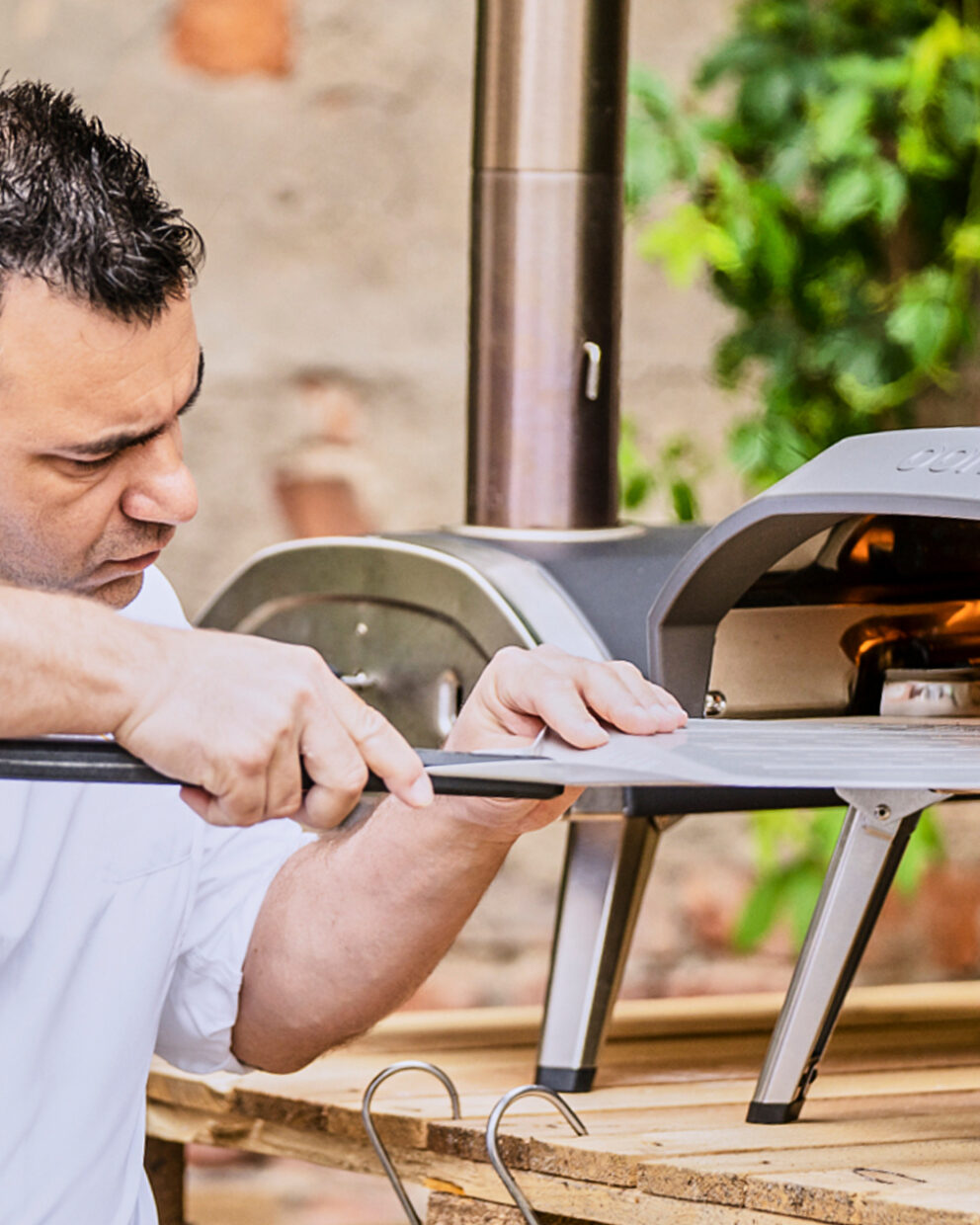


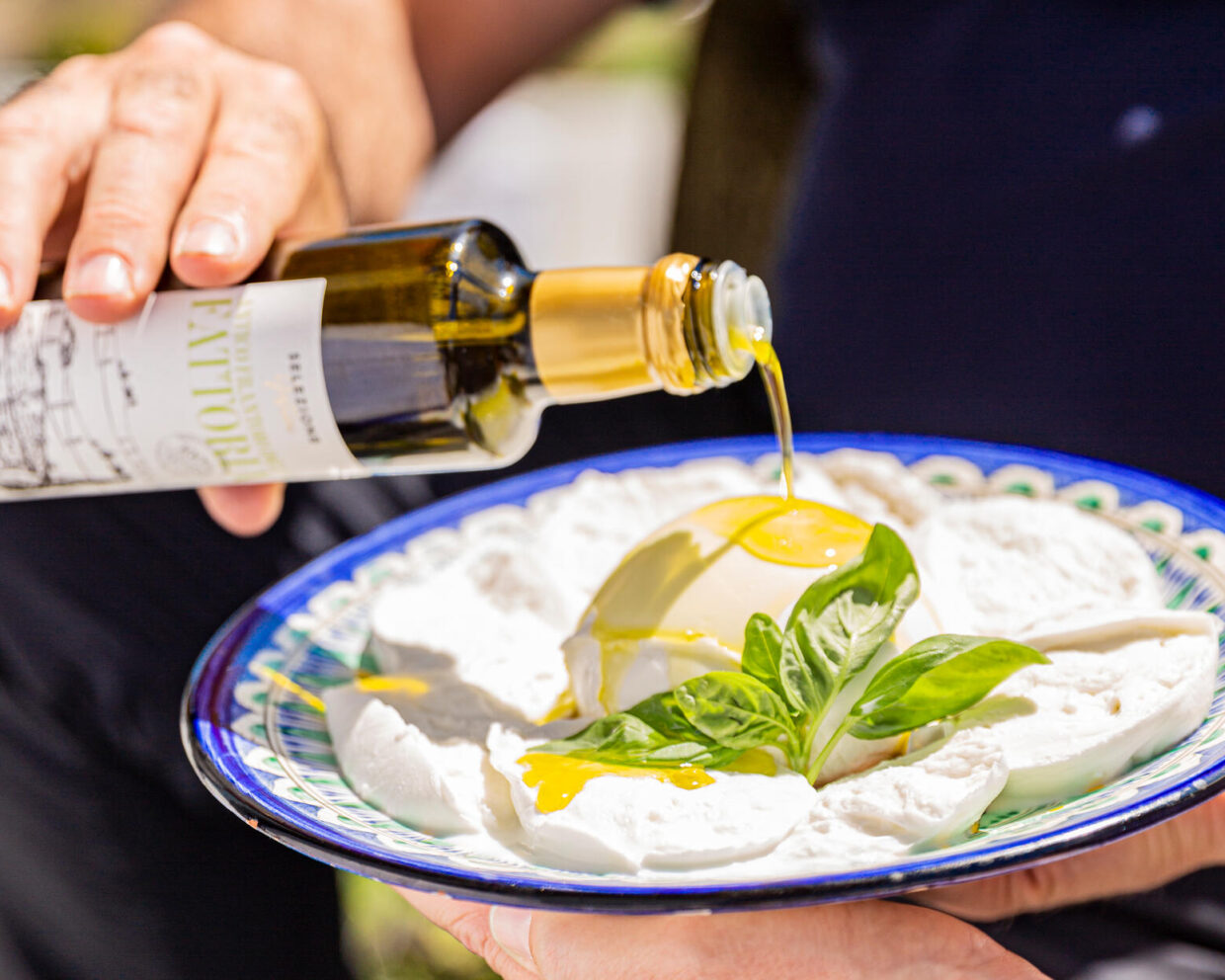
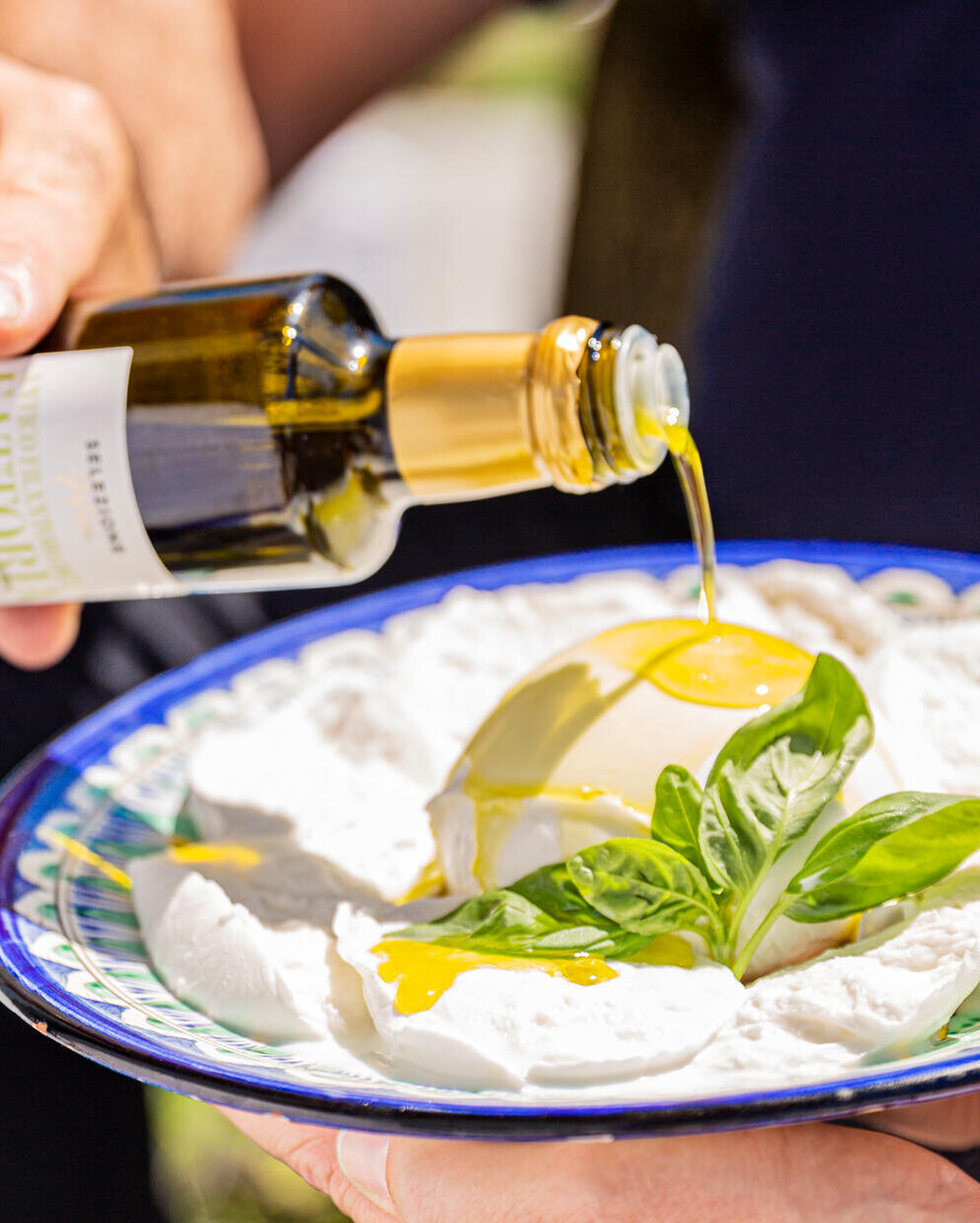


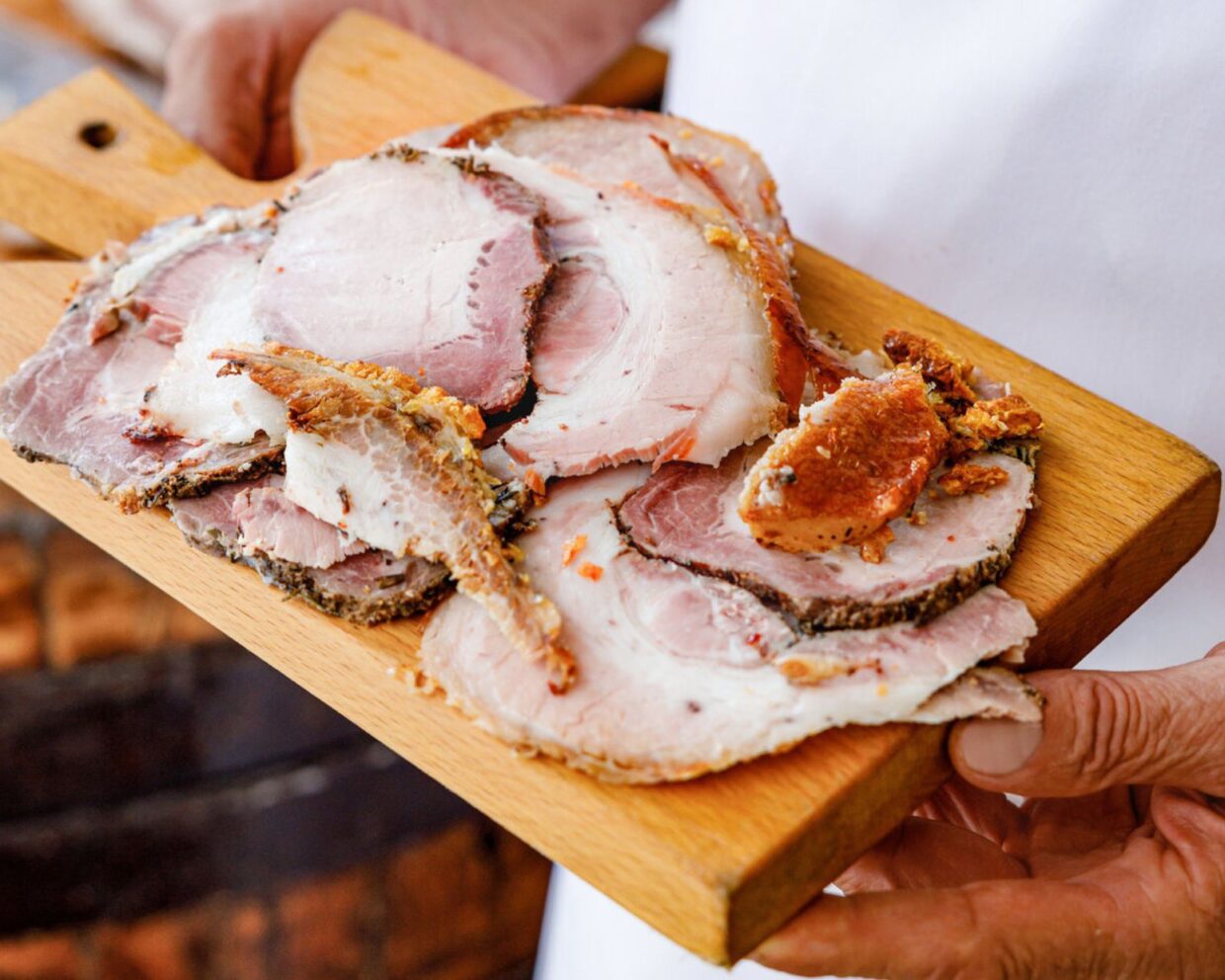
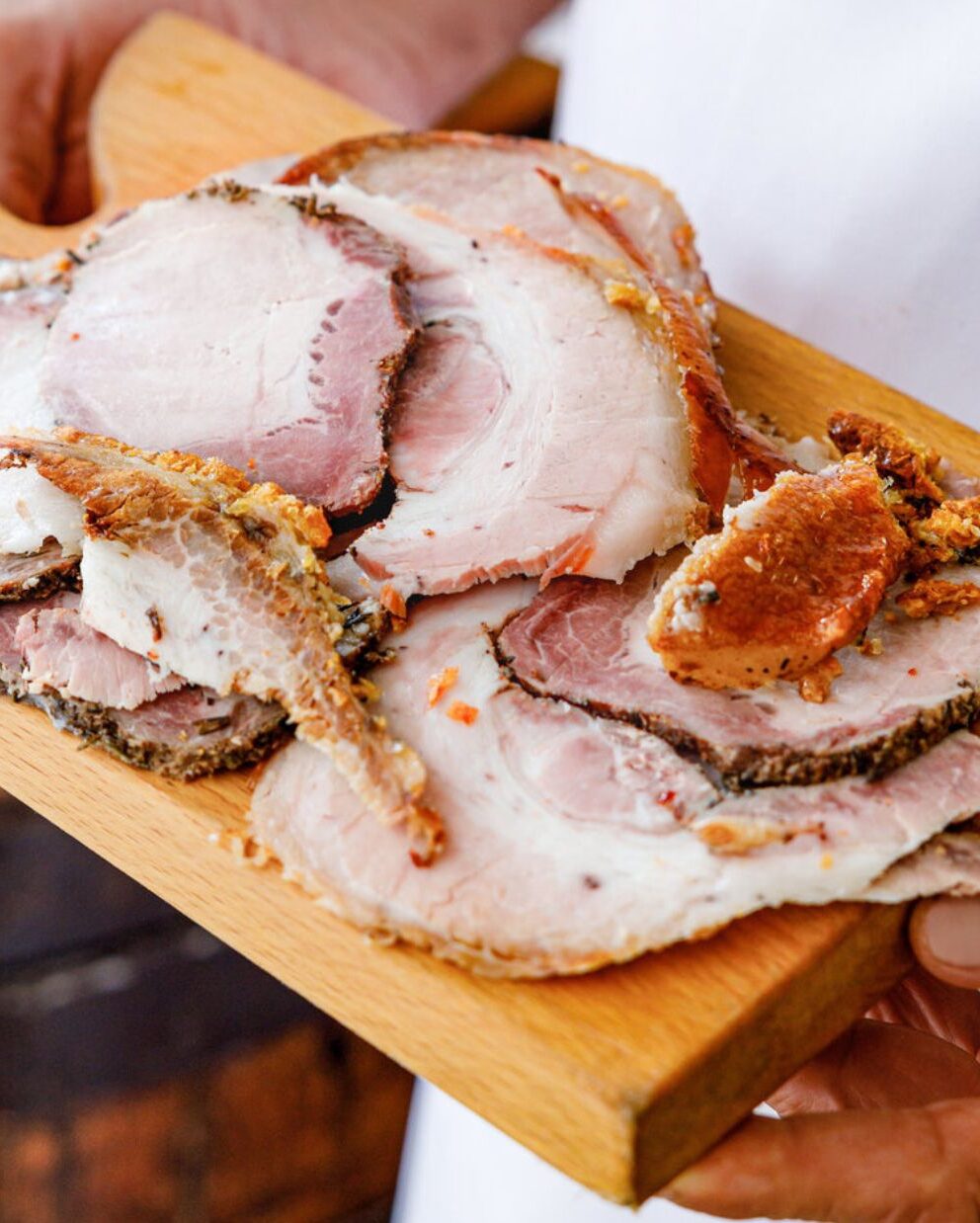





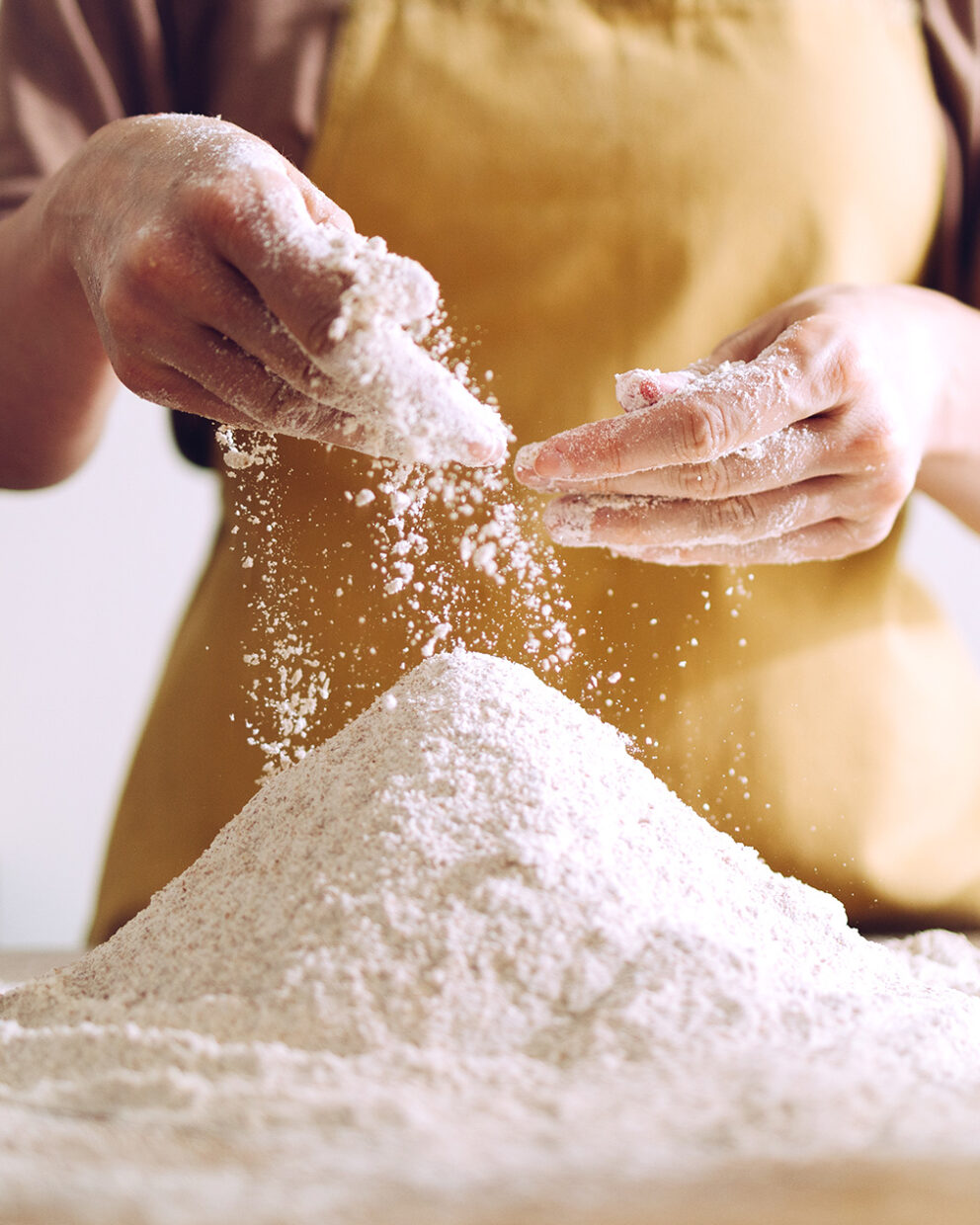
Want to share your thoughts? We're excited to hear what you think of the article. Tell us about your ideas, tips or questions! Leave a comment and share your knowledge with the community. Your opinion counts.
Write a comment